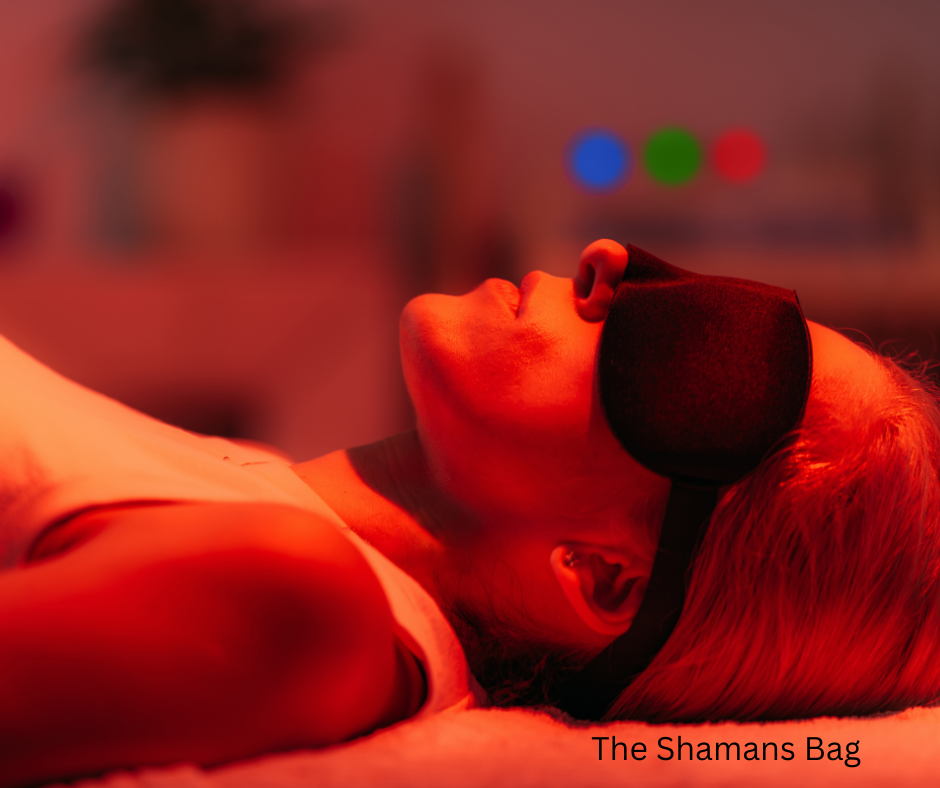Color therapy, also known as chromotherapy, is a holistic healing modality that uses the vibrational energy of colors to promote physical, emotional, and spiritual well-being. Rooted in ancient practices, color therapy operates on the principle that each color in the spectrum carries its own frequency and energy, which can influence the body's energy systems.
By harnessing the healing properties of colors, practitioners aim to restore balance and harmony within the body and mind.
Each color is believed to correspond to specific physical and emotional states. For example, red is energizing and stimulating, often used to boost circulation and vitality. Orange promotes creativity and joy, supporting emotional healing and digestion. Yellow is associated with mental clarity and confidence, aiding in focus and decision-making. Green, the color of balance and growth, is commonly used to calm the nervous system and support heart health. Blue promotes relaxation and communication, helping to ease stress and anxiety. Indigo and violet are connected to intuition and spiritual awareness, supporting deep healing and meditation.
In holistic healing, color therapy can be integrated through various methods. These include exposure to colored lights, visualization techniques, wearing or surrounding oneself with certain colors, and using colored crystals or fabrics. For example, blue light may be used in treatment rooms to create a calming atmosphere, while green spaces can foster emotional balance. Visualization meditations involving specific colors can also help clear energy blockages.
Color therapy complements other holistic practices by addressing imbalances in the body’s energy fields, or chakras, which are often linked to emotional or physical ailments. As a non-invasive and gentle practice, it offers an accessible way for individuals to support their healing journey, enhancing overall well-being and vitality
Color therapy, or chromotherapy, has roots in ancient civilizations, but its modern foundation was significantly influenced by Dr. Edwin Babbitt in the 19th century. In 1878, he published "The Principles of Light and Color," where he outlined the therapeutic applications of different colors for physical and emotional healing. Babbitt proposed that colors emit vibrations that can impact the body's energy and health.
Additionally, Avicenna (Ibn Sina), a Persian polymath from the 10th century, contributed to early color therapy concepts by recognizing color as a diagnostic tool and a form of treatment. He believed that colors reflected a person’s health and could influence the body’s temperature and mood.
In more recent times, Dinshah P. Ghadiali, an early 20th-century scientist, expanded on Babbitt's work with his system called Spectro-Chrome Therapy, which used colored lights to treat various health conditions.
These pioneers laid the groundwork for color therapy’s role in modern holistic healing.
Recent studies have explored the efficacy of color therapy, or chromotherapy, in various health contexts, yielding mixed results.
A 2019 quasi-experimental study examined chromotherapy's impact on cognitive abilities in older adults. The findings suggested potential benefits, indicating that exposure to specific colors might enhance cognitive function in this demographic.
Another study investigated chromotherapy's effectiveness in alleviating academic stress among high school students. The research aimed to determine whether exposure to certain colors could reduce stress levels, though the results were inconclusive, highlighting the need for further investigation.


Comments ()